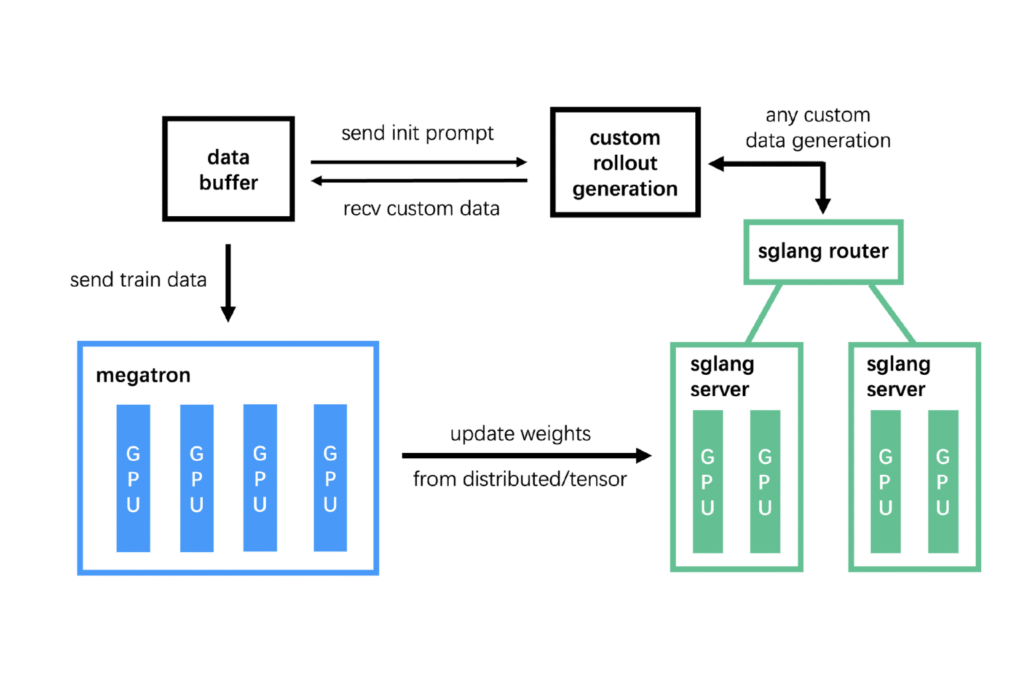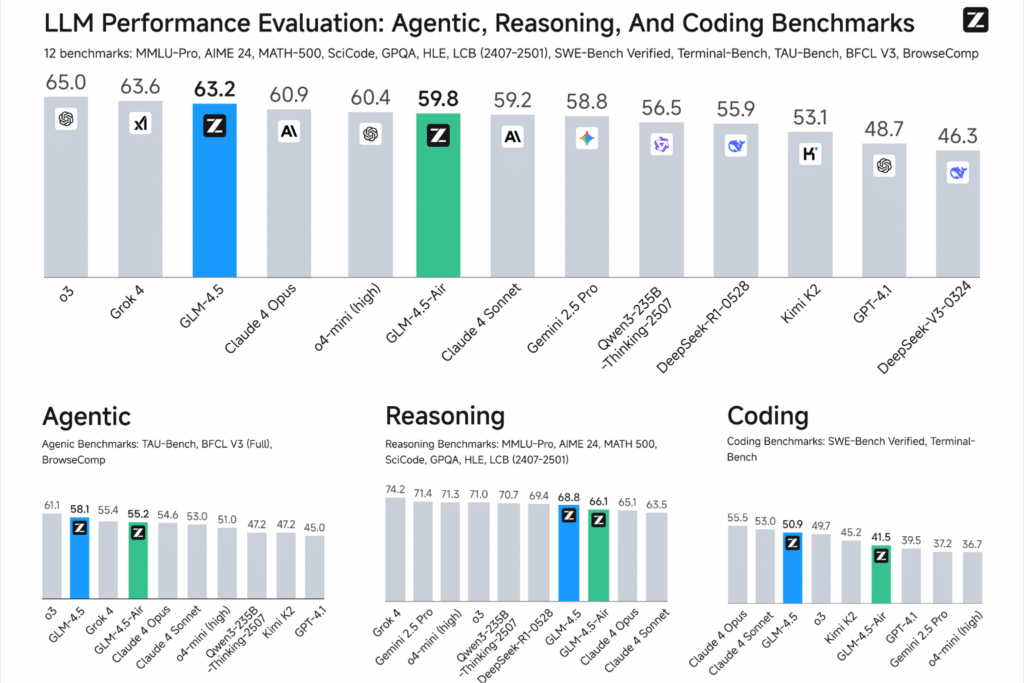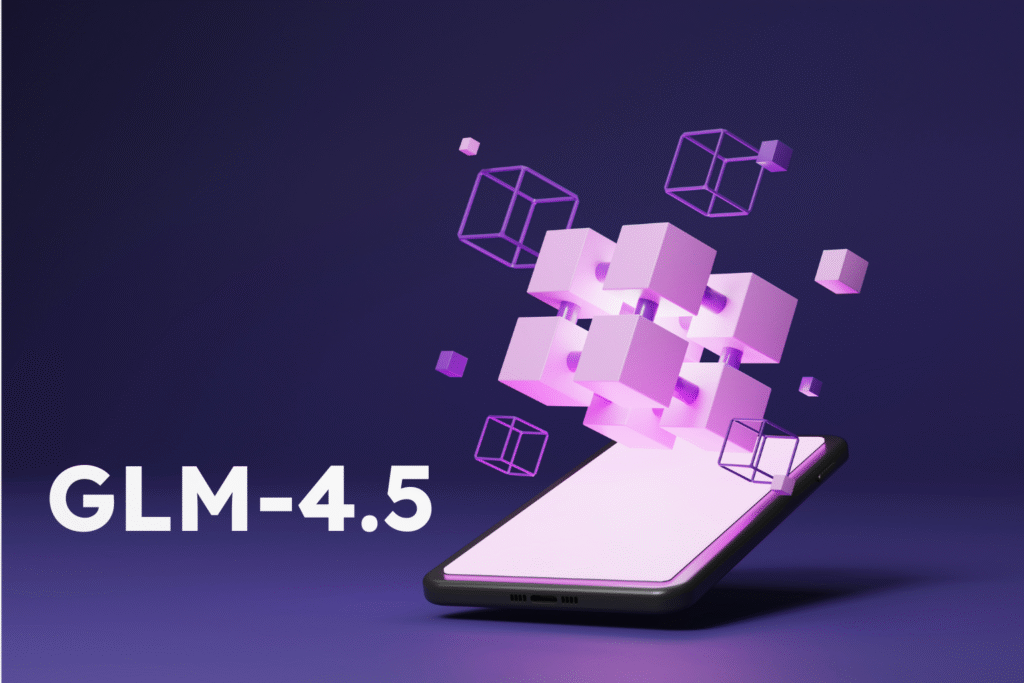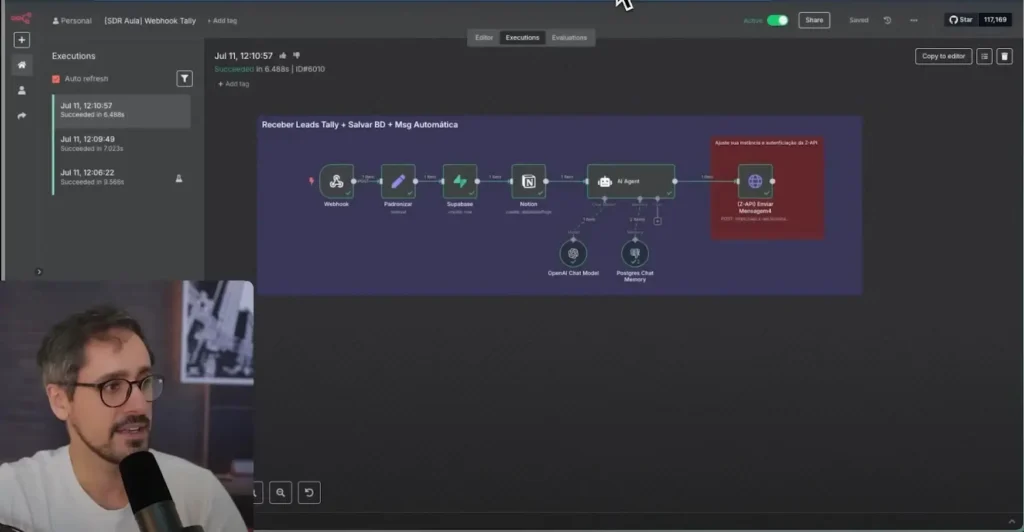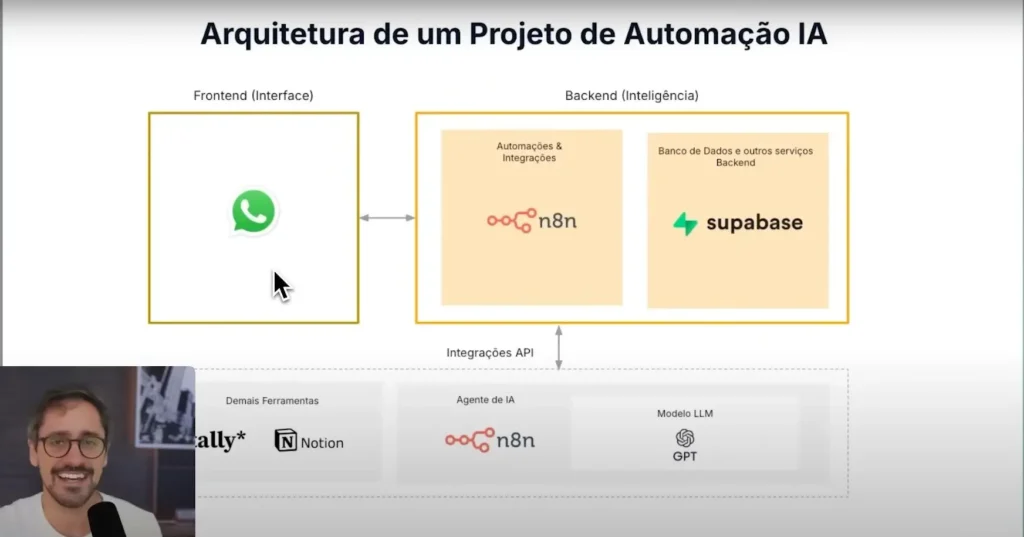LlamaIndex is an open-source framework designed to connect large language models (LLMs) to private, up-to-date data that is not directly available in the models' training data.
The definition of LlamaIndex revolves around its function as middleware between the language model and structured and unstructured data sources. You can access the official documentation to get a detailed view of its technical features.

LlamaIndex what is it for?
Integration with LLMs
LlamaIndex is a tool developed to facilitate integration between large language models (LLMs) and external data sources that are not directly accessible to the model during response generation.
This integration occurs through the paradigm known as RAG (Retrieval-Augmented Generation), which combines data retrieval techniques with natural language generation.
Practical applications
The simple explanation of LlamaIndex lies in its usefulness: it transforms documents, databases and various sources into structured knowledge, ready to be consulted by an AI.
By doing so, it solves one of the biggest limitations of LLMs – the inability to access updated or private information without reconfiguration.
Using LlamaIndex with AI expands the application cases of the technology, from legal assistants to customer service bots and internal search engines.
Limitations resolved
LlamaIndex solves a fundamental limitation of LLMs: the difficulty of accessing real-time, up-to-date or private data.
Functioning as an external memory layer, it connects language models to sources such as documents, spreadsheets, SQL databases, and APIs, without the need to adjust model weights.
Its broad compatibility with formats such as PDF, CSV, SQL, and JSON makes it applicable to a variety of industries and use cases.
This integration is based on the RAG (Retrieval-Augmented Generation) paradigm, which combines information retrieval with natural language generation, allowing the model to consult relevant data at the time of inference.
As a framework, LlamaIndex structures, indexes, and makes this data available so that models like ChatGPT can access it dynamically.
This enables both technical and non-technical teams to develop AI solutions with greater agility, lower costs, and without the complexity of training models from scratch.
How to use LlamaIndex with LLM models like ChatGPT?
Also check out the N8N Training to automate flows with no-code tools in AI projects.
Usage steps
Agent and Automation Manager Training with AI It is recommended for those who want to learn how to apply these concepts in a practical way, especially in the development of autonomous agents based on generative AI.
Integrating LlamaIndex with LLMs like ChatGPT involves three main steps: data ingestion, indexing, and querying. The process starts with collecting and transforming the data into a format that is compatible with the model.
This data is then indexed into vector structures that facilitate semantic retrieval, allowing LLM to query it during text generation. Finally, the application sends questions to the model, which responds based on the retrieved data.
To connect LlamaIndex to ChatGPT, the typical approach involves using the Python libraries available in the official repository. Ingestion can be done using readers such as SimpleDirectoryReader (for PDF) or CSVReader, and indexing can be done using VectorStoreIndex.
Practical Example: Creating an AI Agent with Local Documents
Let’s walk through a practical example of how to use LlamaIndex to build an AI agent that answers questions based on a set of local PDF documents. This example illustrates the ingestion, indexing, and querying steps in more depth.
1 – Environment Preparation: Make sure you have Python installed and the necessary libraries. You can install them via pip: bash pip install llama-index pypdf
2 – Data Ingestion: Imagine you have a folder called my_documents containing several PDF files. LlamaIndex's SimpleDirectoryReader makes it easy to read these documents.

In this step, SimpleDirectoryReader reads all supported files (such as PDF, TXT, CSV) from the specified folder and converts them into Document objects that LlamaIndex can process.
3 – Data Indexing: After ingestion, documents need to be indexed. Indexing involves converting the text of documents into numerical representations (embeddings) that capture semantic meaning.
These embeddings are then stored in a VectorStoreIndex. python # Creates a vector index from # documents By default, it uses OpenAI embeddings and a simple in-memory VectorStore index = VectorStoreIndex.from_documents(docs) VectorStoreIndex is the core data structure that allows LlamaIndex to perform efficient semantic similarity searches.
When a query is made, LlamaIndex searches for the most relevant excerpts in the indexed documents, rather than performing a simple keyword search.
4 – Query and Response Generation: With the index created, you can now ask queries. as_query_engine() creates a query engine that interacts with the LLM (like ChatGPT) and the index to provide answers informed by your data.

- When query_engine.query() is called, LlamaIndex does the following:
- Converts your question into an embedding.
- Use this embedding to find the most relevant excerpts in indexed documents (Retrieval).
- Send these relevant excerpts, along with your question, to LLM (Generation).
- LLM then generates a response based on the context provided by your documents.
This flow demonstrates how LlamaIndex acts as a bridge, allowing LLM to answer questions about your private data, overcoming the limitations of the model’s pre-trained knowledge.

Detailed Use Cases
LlamaIndex, by connecting LLMs to private, real-time data, opens up a wide range of practical applications. Let’s explore two detailed scenarios to illustrate its potential:
- Smart Legal Assistant:
- Scenario: A law firm has thousands of legal documents, such as contracts, case law, opinions, and statutes. Lawyers spend hours researching specific information in these documents to prepare cases or provide advice.
- Solution with LlamaIndex: LlamaIndex can be used to index the entire document database of the firm. An LLM, such as ChatGPT, integrated with LlamaIndex, can act as a legal assistant.
Lawyers can ask natural language questions like “What are the legal precedents for land dispute cases in protected areas?” or “Summarize the termination clauses of contract X.”
LlamaIndex would retrieve the most relevant excerpts from the indexed documents, and LLM would generate a concise and accurate response, citing sources. - Benefits: Drastic reduction in research time, increased accuracy of information, standardization of responses and freeing up lawyers for tasks of greater strategic value.
- Customer Support Chatbot for E-commerce:
- Scenario: An online store receives a large volume of repetitive questions from customers about order status, return policies, product specifications, and promotions. Human support is overwhelmed, and response times are high.
- Solution with LlamaIndex: LlamaIndex can index your store's FAQ, product manuals, return policies, (anonymized) order history, and even inventory data.
A chatbot powered by a LLM and LlamaIndex can instantly answer questions like “What is the status of my order #12345?”, “Can I return a product after 30 days?” or “What are the specifications of smartphone X?”.
Benefits: 24/7 support, reduced support team workload, improved customer satisfaction with fast and accurate responses, and scalability of support without proportional cost increases.

What are the advantages of LlamaIndex over other RAG tools?
One of the main advantages of LlamaIndex is its relatively easy learning curve. Compared to solutions like LangChain and Haystack, it offers greater simplicity in implementing RAG pipelines while maintaining flexibility for advanced customizations.
Its modular architecture makes it easy to replace components, such as vector storage systems or data connectors, as project needs dictate.
LlamaIndex also stands out for its support for multiple data formats and clear documentation. The active community and constant update schedule make the framework one of the best RAG tools for developers and startups.
In comparison between RAG tools, the LlamaIndex vs Lang Chain highlights significant differences: while LangChain is ideal for complex flows and orchestrated applications with multiple steps, LlamaIndex favors simplicity and a focus on data as the main source of contextualization.
For an in-depth comparison, see this white paper from Towards Data Science, which explores the ideal usage scenarios for each tool. Another relevant source is the article RAG with LlamaIndex from the official LlamaHub blog, which discusses performance benchmarks.
We also recommend the post Benchmarking RAG pipelines, which presents comparative tests with objective metrics between different frameworks.

Get started with LlamaIndex in practice
Now that you understand the definition of LlamaIndex and the benefits of integrating it with LLM models like ChatGPT, you can start developing custom AI solutions based on real data.
Using LlamaIndex with AI not only increases the accuracy of responses, it also unlocks new possibilities for automation, personalization, and business intelligence.
NoCode StartUp offers several learning paths for professionals interested in applying these technologies in the real world. From Agent Training with OpenAI until the SaaS IA NoCode Training, the courses cover everything from basic concepts to advanced architectures using indexed data.




